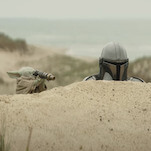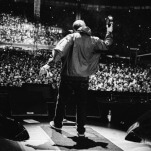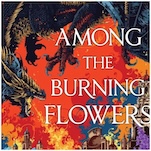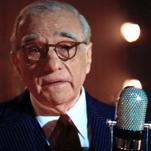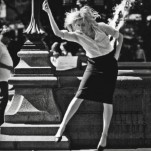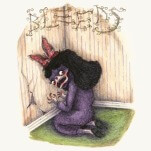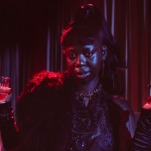Captain America’s Secret Empire and How Real-World Politics Fail in Comic Book Fantasy
Main Image by John Cassaday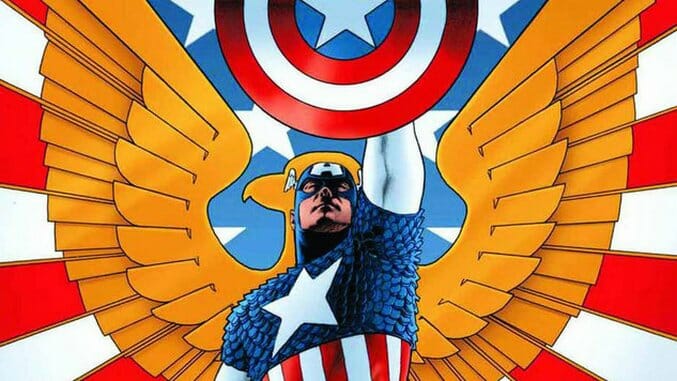
A common thread throughout discussions of Howard Chaykin’s The Divided States of Hysteria, his new Image Comics series in which the veteran firebrand cartoonist employs intentionally offensive tropes and violent imagery, and the Nick Spencer-scripted Secret Empire storyline at Marvel, which focuses on the rise of a fascist organization led by Captain America, is the idea that artists have a responsibility to reflect current issues in their work. While Chaykin purports not to read any direct criticism, statements on behalf of Image Comics have breathlessly praised The Divided States of Hysteria for making readers “both angry and uncomfortable,” while Spencer often takes to Twitter to push back against pure escapist fantasy in times of real-world distress. Readers, or at least retailers, seem to agree with Spencer: based on the limited sales data available to the public, Secret Empire is falling short of previous Marvel “events” while still clinging to the top tier of monthly sales charts, even as the Spencer-written tie-in series Captain America: Steve Rogers and Captain America: Sam Wilson under-perform relative to prior Captain America volumes.
Spencer’s intentions may well be noble; it’s undeniable that fascist ideologies are on the rise in America, fueled by a political party that spent eight years stoking anti-government and anti-liberal resentment only to find itself in control of every branch of the government and unsure what to do when unable to effectively play the victim. Waking up to find that America-the-idea has become openly hateful, no longer masked with a hopeful veneer to hide longstanding bigotry, is not a distant fiction for millions of Americans. Spencer’s authorial acrobatics to establish that Steve Rogers pledges allegiance to a Nazi-inspired and formerly Nazi-allied organization that is not itself a form of Nazism may feel too close to home in a political moment infected with the “alt-right” and its troll army of meme-deploying white nationalists.

Captain America: Steve Rogers #17 Cover Art by Elizabeth Torque
But if Secret Empire, which is approaching the heroic-resistance portion of its saga, falls short in its quest to Say Something Important about the state of the country, it’s only the latest of Captain America’s well-intentioned stumbles. The history of the character is littered with attempts at political relevance that haven’t succeeded. A previous “Secret Empire” storyline, published in 1973 during the height of Richard Nixon’s Watergate scandal, implied that the leader of a fascist organization attempting a U.S. government coup was the POTUS himself; he commits suicide on the White House lawn rather than face capture. In the fallout of the storyline, Steve Rogers briefly doffs the Captain America identity to become Nomad, a man without a country. Often left unmentioned is that this storyline involves a plot by the Secret Empire to kidnap mutants and harness their powers to fuel a flying saucer—not exactly the stuff that Woodward and Bernstein made their names exposing.

Captain America #175 Interior Art by Sal Buscema
As often as writers feel compelled to thrust superheroes into storylines of grand importance, this tightrope walk of suspended disbelief often prevents well-intentioned emotional gravitas. Captain America: The New Deal, the first collection of Marvel’s post-9/11 mature-readers Captain America series, opens with the moments leading up to a plane hijacking before shifting to a dazed, but determined, Steve Rogers, out of uniform, moving rubble from Ground Zero in search of survivors. Colorist Dave Stewart renders the whole scene in shades of gray, enveloping Rogers and the reader in a haze of dust. It’s a somber sequence, and showcases the inherent goodness of Rogers; more than a symbol, Captain America is a man who loves his country and its people. It’s not until Rogers stumbles across an attempted hate crime against a Muslim-American that he dons his star-spangled duds, and apparently all it takes to rid a hateful mob of its misdirected rage is a flash of the flag’s iconic colors.

Captain America Cover Art by John Cassaday and Dave Stewart
-

-

-

-

-

-

-

-

-

-

-

-

-

-

-

-

-

-

-

-

-

-

-

-

-

-

-

-

-

-

-

-

-

-

-

-

-

-

-

-





